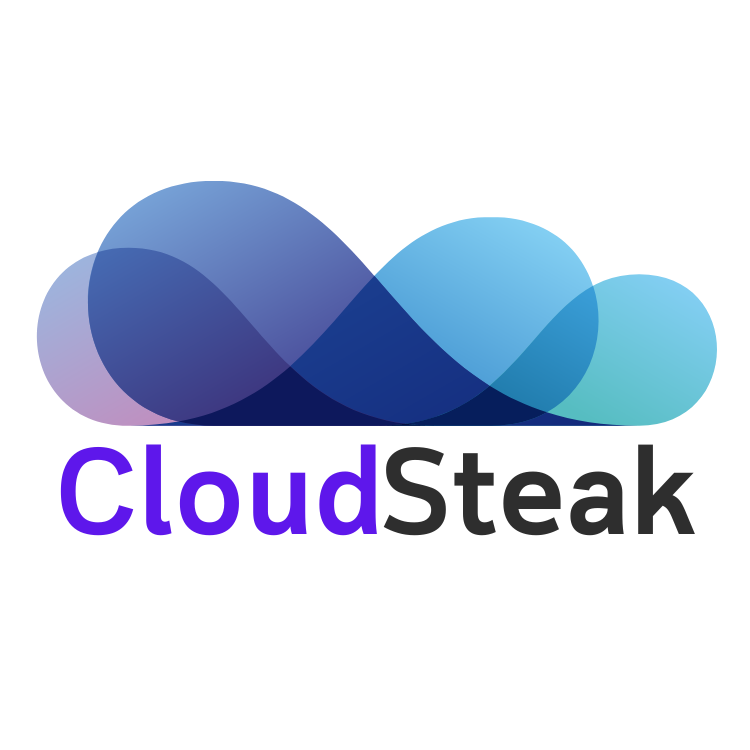Welcome to above the clouds

AWS – AWS Purchase Order Management now supports a TRN filter for AWS Europe
You can now use Tax Registration Numbers (TRN) as an additional filter for mapping your purchase orders to your invoices with AWS Purchase Order Management. AWS Purchase Order Management allows you to easily manage your purchase orders (POs) in a self-service manner, define PO-invoice association rules, track PO balance and expiration, and receive email alerts […]

AWS – Amazon Redshift now supports case-insensitive collation with column level overrides
Amazon Redshift, a fully-managed cloud data warehouse, now supports case-insensitive collation with column and expression level overrides. Starting today, you can use the COLLATE clause within a CREATE DATABASE statement to specify the default collation for all CHAR and VARCHAR columns in the database as case-sensitive or case-insensitive. You can also specify a COLLATE clause […]

AWS – Amazon DocumentDB (with MongoDB compatibility) Now Supports r5.8xlarge and r5.16xlarge Instances
Amazon DocumentDB (with MongoDB compatibility) is a fast, scalable, highly available, and fully managed document database service that supports MongoDB workloads. Amazon DocumentDB makes it easy and intuitive to store, query, and index JSON data. Read More for the details.

AWS – Amazon CodeGuru Reviewer announces CI/CD Integration with GitHub Actions and new security detectors for Java
Amazon CodeGuru Reviewer is a developer tool that leverages automated reasoning and machine learning to detect potential defects that are difficult to find in your code and offers suggestions for improvements. Today, we are announcing a new CI/CD experience for CodeGuru Reviewer that allows you to trigger code quality and security analysis as a step within […]

AWS – Configure GitHub Actions workflows with a new GitHub Action for building serverless applications
You can now simplify the process of configuring GitHub Actions workflows for building serverless applications with a single line. The new AWS-supported setup-sam GitHub Action makes it easier to keep consistency across GitHub Actions runners, stay up-to-date with AWS Serverless Application Model CLI (AWS SAM CLI) tooling, and select its versions. The AWS SAM CLI […]

Azure – General availability: Turn your phone into an IoT device with the new IoT Plug and Play mobile app
Use the IoT Plug and Play phone app as an IoT device to get started quickly with IoT Central or IoT Hub. Read More for the details.

Azure – General availability: Azure DevOps updates for June 2021
With this update, we’ve added a new set of policies which can be used to restrict the scope and lifespan of your organization’s Azure DevOps personal access tokens. Read More for the details.

GCP – Accelerate Google Cloud database migration assessments with EPAM’s migVisor
Editor’s note: Today, we’re announcing the Database Migration Assessment and partnership with software development company EPAM, allowing Google Cloud customers access to migVisor to conduct a database migration assessment. Today, we’re announcing our latest offering—the Database Migration Assessment—a Google Cloud-led project to help customers accelerate their deployment to Google Cloud databases with a free evaluation […]

GCP – Remote, hybrid, or office work? It’s easier with no-code apps
As offices reopen, businesses aren’t keeping to a single formula. Many are embracing hybrid models, with employees splitting time between home and the office. Some are staying 100% remote. Others are returning the full workforce to offices with a greater focus on digitization. Regardless of their model, one thing is certain: technology is more central […]

AWS – Managed Database Auditing with Amazon RDS Database Activity Streams for Amazon RDS for Oracle
Database Activity Streams (DAS) for Amazon Relational Database Service (Amazon RDS) for Oracle provides a near real-time stream of all audited statements (SELECT, DML, DDL, DCL, TCL) executed in your DB instance. The audit data is collected from the unified database audit, while the storage and processing of database activity is managed outside your database. […]
